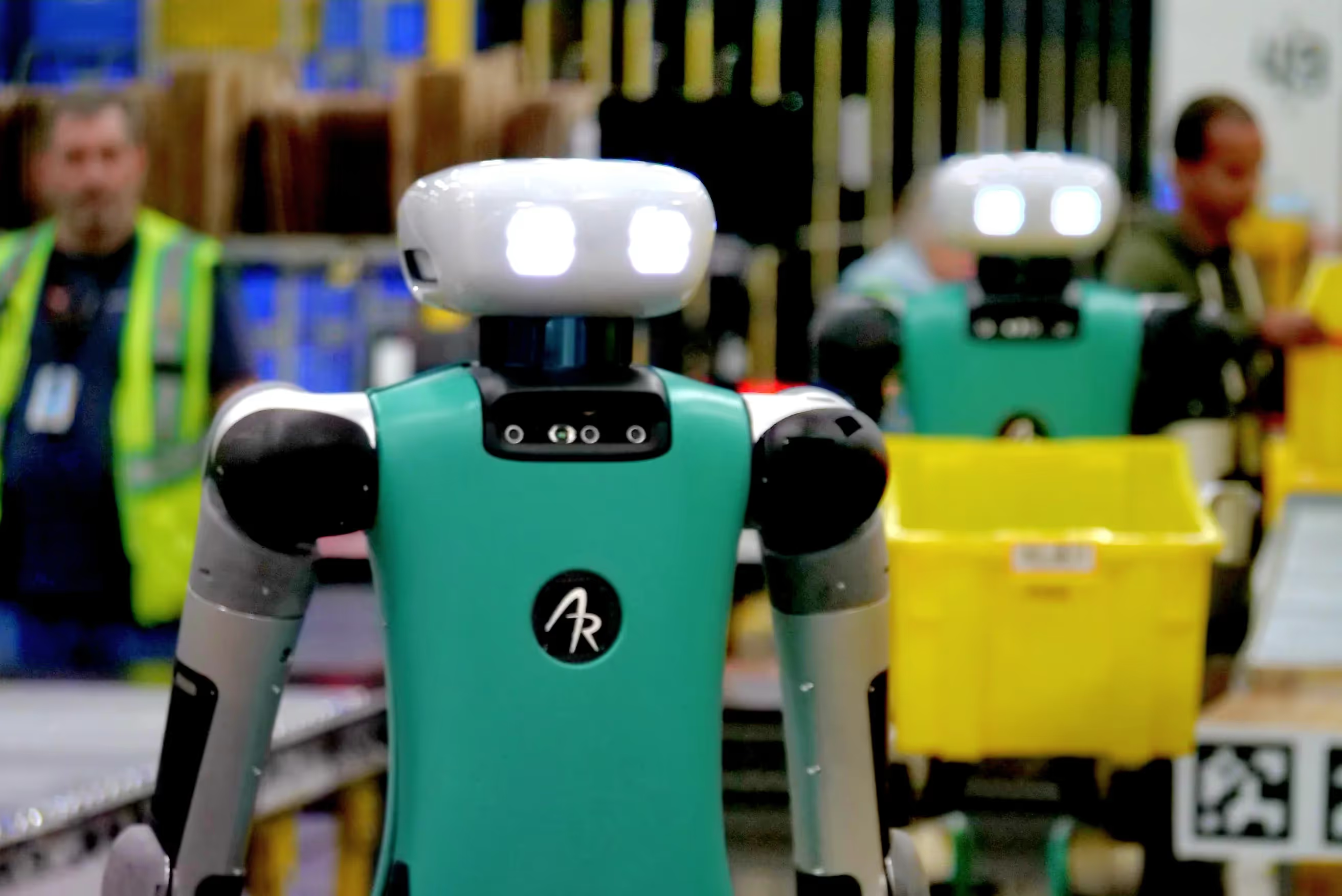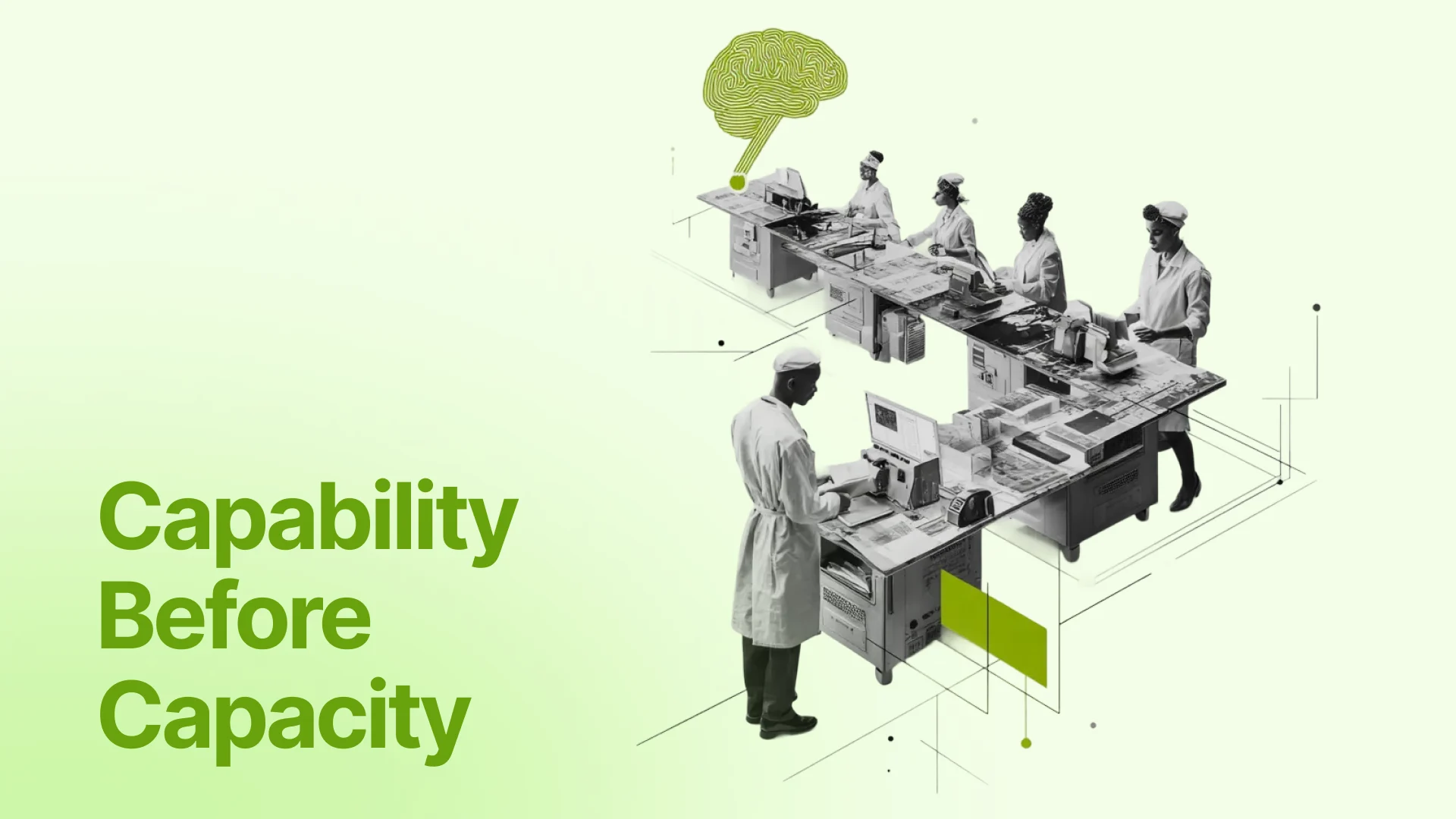
From Failure to Accountability: How AI Finally Works at Scale
Earlier this year, I shared findings from the MIT Media Lab NANDA study that showed 95% of enterprise AI pilots fail to deliver measurable ROI.
Not because the technology doesn’t work. But because organizations don’t. Most failures come from poor integration, unclear ownership, and the endless loop of pilots that never scale.
This week, I want to talk about the other 5% — the ones that got it right.
A new report from Wharton × GBK Collective shows what happens when companies finally move from fascination to performance. It’s called Accountable Acceleration 2025, led by Professor Stefano Puntoni, Professor Prasanna Tambe, and GBK’s Jeremy Korst. Over the last three years, they’ve tracked how AI adoption has evolved across 2,200 enterprise leaders.
The findings show one thing clearly: AI is no longer a pilot. It’s a performance system.
1. Everyday AI Is Now the Norm
In 2023, only 37% of leaders used AI weekly. Today, it’s 82%. Nearly half, 46%, use it every day.
That’s not hype. That’s a habit.
32% now call themselves “experts,” up 8 points from last year. Legal, Procurement, and IT teams are catching up fast. Even senior professionals over 55 are in it, with 61% using AI weekly, up 19 points.
The top use cases aren’t futuristic. They’re everyday: data analysis (73%), document summarization (70%), editing and report writing (68%). The things most leaders do daily are now quietly powered by AI.
IT (94%) and Procurement (88%) lead usage, while Marketing (69%) and Operations (72%) lag behind. And while Tech (94%) and Finance (90%) are far ahead, Retail (63%) and Manufacturing (80%) are still catching up.
The tools are familiar. ChatGPT (67%), Copilot (58%), and Gemini (49%) dominate. The majority of these licenses are now paid by employers, meaning companies have officially moved from the “shadow AI” phase to structured adoption.
And here’s what’s new: 58% of enterprises say they’re already using AI agents for process automation, internal operations, or customer service. The agentic shift is not a theory anymore. It’s here.

2. Proving Value Becomes the Standard
If 2023 was about adoption and 2024 was about experimentation, 2025 is the year of accountability.
72% of enterprises now track formal ROI, and 75% already report positive returns. That’s a full transformation in two years.
In 2023, “AI maturity” meant enthusiasm. In 2025, it means measurement.
ROI tracking is strongest in HR (84%) and Finance (80%), where leaders connect AI directly to business results. The most common metric is employee productivity (47%), a clear sign that AI is now tied to performance and efficiency, not experimentation.
Budgets tell the same story. 88% expect AI spending to rise in the next year, and 62% expect 10% or more growth. About one-third of that will go to internal R&D, where teams are building their own copilots and agents.
That’s a shift I’ve seen first-hand. Companies used to fail when they tried to build internally. Now, with governance, data pipelines, and ROI reviews in place, internal builds are succeeding.
Results still depend on the industry. Tech and Finance (83–88%) are leading on ROI, while Manufacturing (75%) and Retail (54%) are still catching up. Larger enterprises move more slowly due to complexity, while mid-sized firms integrate faster.
And there’s a new kind of discipline. 11% of companies now fund AI by cutting legacy IT or HR budgets, up 7 points from last year. That means AI has entered the zero-sum budgeting era. It has to perform better than what came before to earn investment.
As the Wharton team puts it, “Budget discipline plus ROI rigor are becoming the new operating model.”
3. People and Culture Now Set the Pace
Even as technology scales, people still set the pace.
67% of organizations now have executive leadership directly involved in AI strategy, and 60% have appointed a Chief AI Officer. 64% have formal data security policies, and 61% run employee awareness programs.
That’s the structural side. The human side is more complicated.
89% of leaders believe AI enhances skills, but 43% also fear it causes skill atrophy. Training investment is down 8 points, and confidence in training as the best path to fluency is down 14 points. Wharton calls this the human capital contradiction: leaders know AI depends on people, but are investing less in them.
I’ve seen this in every workshop I run. People are eager to use AI but unsure how to upskill fast enough to stay relevant. The enthusiasm is there. The enablement isn’t.
49% of organizations say hiring advanced AI talent is a major challenge, and 46% cite training as a top priority. The bright spot? Most companies are now letting employees lead innovation. 48% invest in internal training, and 46% let teams test and prototype their own solutions.
And something else has shifted. 85% of leaders now feel more positive about AI than last year, but 38% remain cautious. That’s not fear. It’s realism. The emotion around AI has normalized.
The Bottom Line: From Experiment to Execution
AI has moved beyond pilots. It’s now part of the management system itself.

The playbook is simple but not easy:
- Diagnose where AI lives. Map both official and shadow usage.
- Build ROI systems. Track outcomes like quality and time saved.
- Invest in fluency. Pair adoption with active skill development.
- Govern for trust. Combine safety rules with freedom to experiment.
- Train for transformation. Go beyond tool training. Build programs that help people redesign work itself with AI.
That fifth step might be the most important. Most leaders I meet don’t need more AI tools — they need AI fluency across their teams. That’s why we run our Executive AI Boot Camp and the Lead with AI PRO membership, helping organizations build the skills and systems to scale responsibly.
In just three years, weekly AI use has climbed from 37% to 82%, and 3 in 4 companies now report positive ROI. That’s what happens when organizations stop experimenting and start executing.










